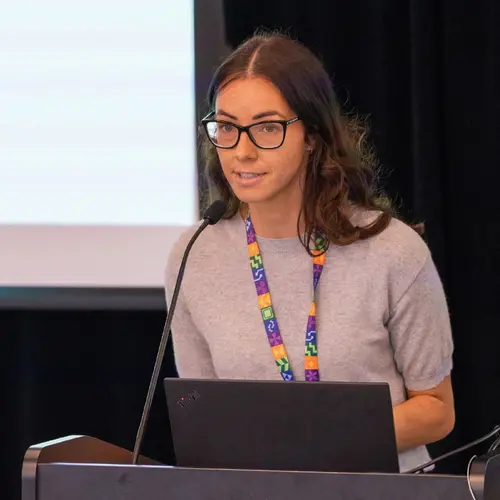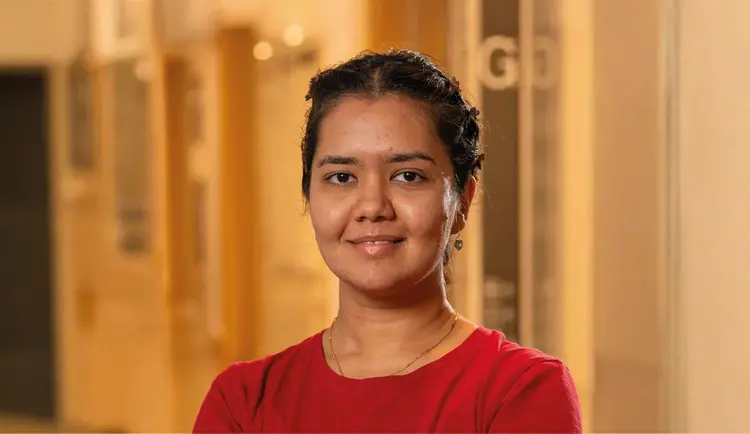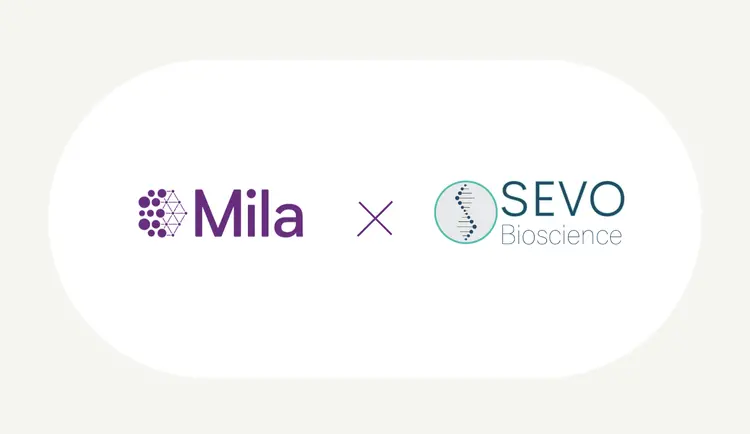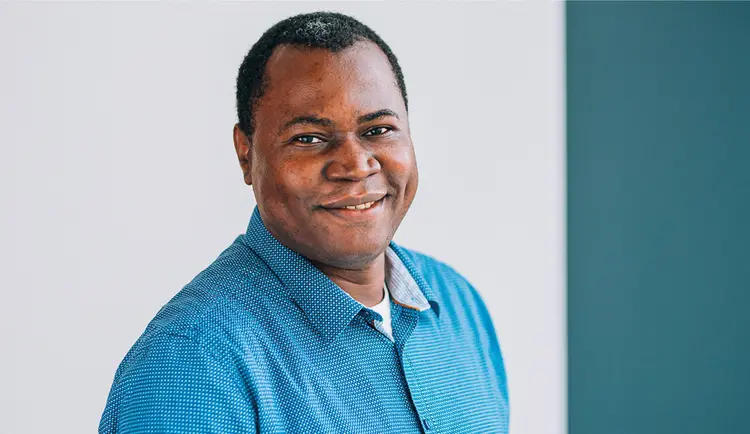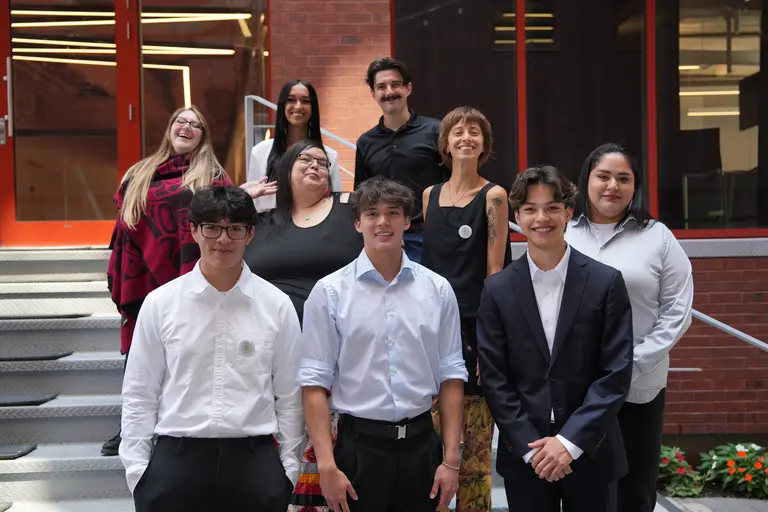
On August 14, 2024, 11 participants from the very first cohort of the Indigenous Pathfinders in AI program presented at Mila the 3 AI prototypes they developed throughout the curriculum, tackling ongoing issues such as Indigenous food sovereignty, access to education and health.
Delivered in partnership with Indspire, the program provided tools and knowledge to Inuit, Métis and First Nations participants from all across Canada to learn, develop, and lead within the AI space while tackling some of the major challenges that Indigenous people are facing today.
Here are the three projects created by the first cohort:
SAIGE, an AI-based scholarship matching tool to connect Indigenous youth with personalised resources to finance their post-secondary education, with a focus on data sovereignty. By streamlining the scholarship search and application process, SAIGE reduces time and financial barriers, allowing students to concentrate on their educational journey.
Green CIRCLE, an AI-based tool integrating traditional agricultural knowledge with climate and soil data to offer tailored guidance for crop selection, planting, and trading. The platform fosters Indigenous food sovereignty and community resilience through resource sharing and collaboration, empowering users to grow and exchange crops in a culturally meaningful way.
IndigeCare Sim, an AI-based tool aimed at improving long-term care (LTC) for Indigenous older adults in Canada. The project tackles key challenges, such as the significant shortage of LTC beds, limited access to culturally appropriate care, and the poorer health outcomes faced by Indigenous populations. The ultimate goal is to use these insights to influence policy decisions and improve the quality of care for Indigenous communities.
Paving the way
The program was an opportunity for Indigenous people with previous or no experience in machine learning to gain hands-on knowledge through applied projects to better understand, use and develop AI.
“I am very proud of what the first cohort of Indigenous Pathfinders in AI was able to accomplish,” said Lynnsey Chartrand, Indigenous Projects Manager, Public Policy and Inclusion at Mila.
“By lowering the barriers of AI education, we hope to be paving the way for a more sustainable, compassionate and socially inclusive AI education. I am looking forward to seeing how these new ambassadors will bring that knowledge to their home communities and how we can make the program grow in the years to come.”
As the use of AI increases in all sectors of the economy, so does the need to invite everyone at the table -especially underrepresented populations- to ensure an inclusive and socially beneficial development of the technology.
“In order to build that ethical AI and to get to a good future, we need to have a diverse population working on AI systems”, said Savannah Sidle, a participant from Qalipu Mi'kmaq First Nation.
“I didn't expect to meet so many people and build such a big community of supportive individuals. Everybody's different perspective kind of went together to fuel a learning environment that was very different from anything I've experienced. Diversity has been one of the strongest aspects of the program,” she concluded.
The program was also a way to connect people from various backgrounds and communities to share knowledge and collaborate in a friendly environment.
“At University, you don't get a lot of opportunities to work with other Indigenous students, specifically in science, so it was really interesting to collaborate on projects with other Indigenous students,” said Kowen Woo, a Métis participant from Alberta.
“I think it's really important for Indigenous people to have a voice in this technology, not only to represent our values but also make sure that previous systemic biases, especially in Canada's history, aren't present in AI, and just really have that voice where we can express our values in such a new technology,” he concluded.


